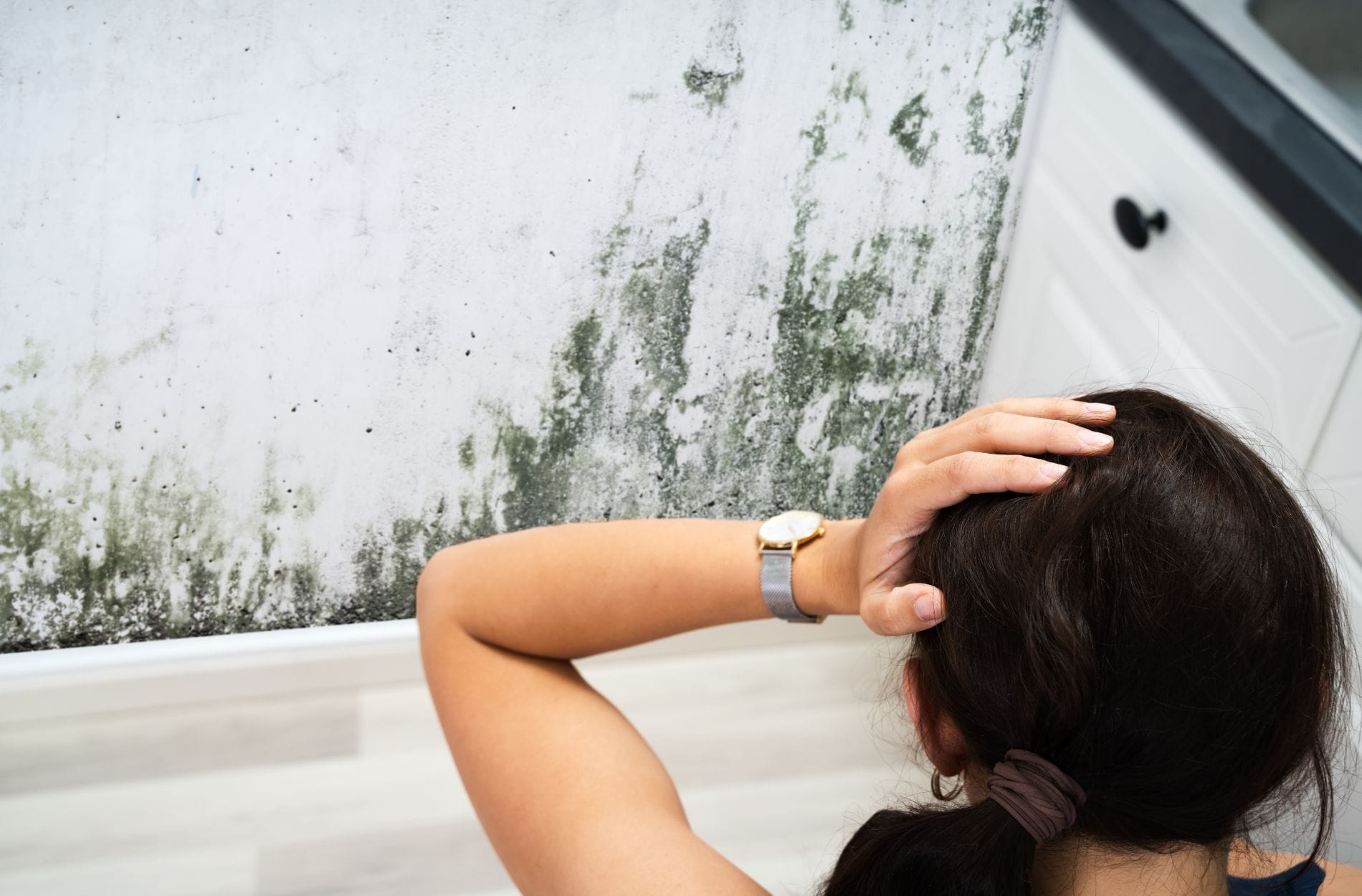
Mold is an unwelcome yet common intruder in residential and commercial properties, posing potential health risks and impacting indoor air quality. As a trusted provider of exceptional remodeling and general contracting services in Virginia, Maryland, and Washington DC, we have a wealth of expertise and experience in mold remediation for various clients with diverse requirements. This comprehensive guide aims to help property owners understand the importance of mold remediation, the process of identifying and removing mold, and how to prevent future mold growth.
Mold Inspection: Identifying Mold Growth in Your Property
The first step in mold remediation is conducting a thorough mold inspection to identify the source and extent of mold growth in your property. Here’s how you can carry out an effective mold inspection:
- Visual examination: Inspect your property for visible mold growth, paying close attention to damp, dark, or humid areas, such as bathrooms, basements, and crawlspaces.
- Odor detection: Mold often produces a musty smell that can help you locate hidden growth.
- Moisture detection: Use moisture meters or infrared cameras to detect excess moisture within walls, ceilings, and floors, potentially indicating mold growth.
- Professional inspection: If you suspect a mold problem but cannot locate the source, consider hiring a professional mold inspection service to assess your property comprehensively.
A detailed mold inspection not only identifies the extent of mold growth but also guides appropriate remediation efforts.
Mold Containment: Preventing the Spread of Mold Spores
After identifying the mold growth in your property, the next critical step is mold containment. Containment helps prevent the spread of mold spores to unaffected areas, minimizing potential harm. Below are some methods used in mold containment:
- Physical barriers: Set up plastic sheeting to seal off affected areas and prevent mold spores from spreading.
- Negative air pressure: Use specialized equipment to create negative air pressure within the contaminated area, preventing the escape of airborne mold spores.
- Proper ventilation: Ensure that HVAC systems and exhaust fans do not spread mold spores to other parts of your property.
- Protective gear: Wear appropriate personal protective equipment (PPE), such as gloves, masks, and goggles, to minimize exposure to mold during the remediation process.
By effectively containing mold growth, you can safeguard your property and its occupants from further damage and exposure.
Mold Removal: Effective Techniques for Eliminating Mold
Once the mold is contained, it’s time for removal. Employ these effective mold removal techniques to eliminate mold from your property:
- Surface cleaning: Clean mold from non-porous surfaces using a mixture of detergent and water. Rinse and dry surfaces thoroughly after cleaning.
- Porous material removal: Remove and dispose of porous materials affected by mold, such as drywall, insulation, and carpet. These materials often cannot be effectively cleaned and must be replaced.
- Drying process: Thoroughly dry all affected areas and materials to prevent mold regrowth.
- Air purification: Utilize HEPA-filtered air scrubbers to remove residual mold spores from the air.
After mold removal, inspect your property to ensure all visible mold growth has been eliminated before proceeding with the final step in mold remediation: prevention.
Mold Prevention: Ensuring a Mold-Free Environment
To prevent future mold growth and establish a healthy environment, it’s essential to implement effective mold prevention strategies:
- Control humidity levels: Maintain optimal indoor humidity levels between 30% and 50% using air conditioning, dehumidifiers, or ventilation.
- Address leaks: Repair any leaks in your plumbing, roof, or windows promptly. Regularly inspect your property for signs of water damage.
- Improve ventilation: Ensure proper ventilation throughout your property, particularly in areas prone to moisture, such as bathrooms, kitchens, and basements.
- Monitor indoor air quality: Regularly check indoor air quality and address any concerns to prevent mold growth from recurring.
By implementing these prevention strategies, you can maintain a mold-free environment and protect your property and its occupants from potential health risks.
Conclusion
Mold remediation is an essential process in ensuring a healthy living and working environment in residential and commercial properties. By conducting a thorough mold inspection, implementing containment measures, employing effective mold removal techniques, and taking preventive steps, you can effectively address mold issues and maintain a safe, mold-free environment. For professional guidance and assistance in mold remediation in Fairfax, VA, don’t hesitate to contact us. Our expert team at TSP Contracting will work closely with you to restore the indoor air quality and comfort of your property.